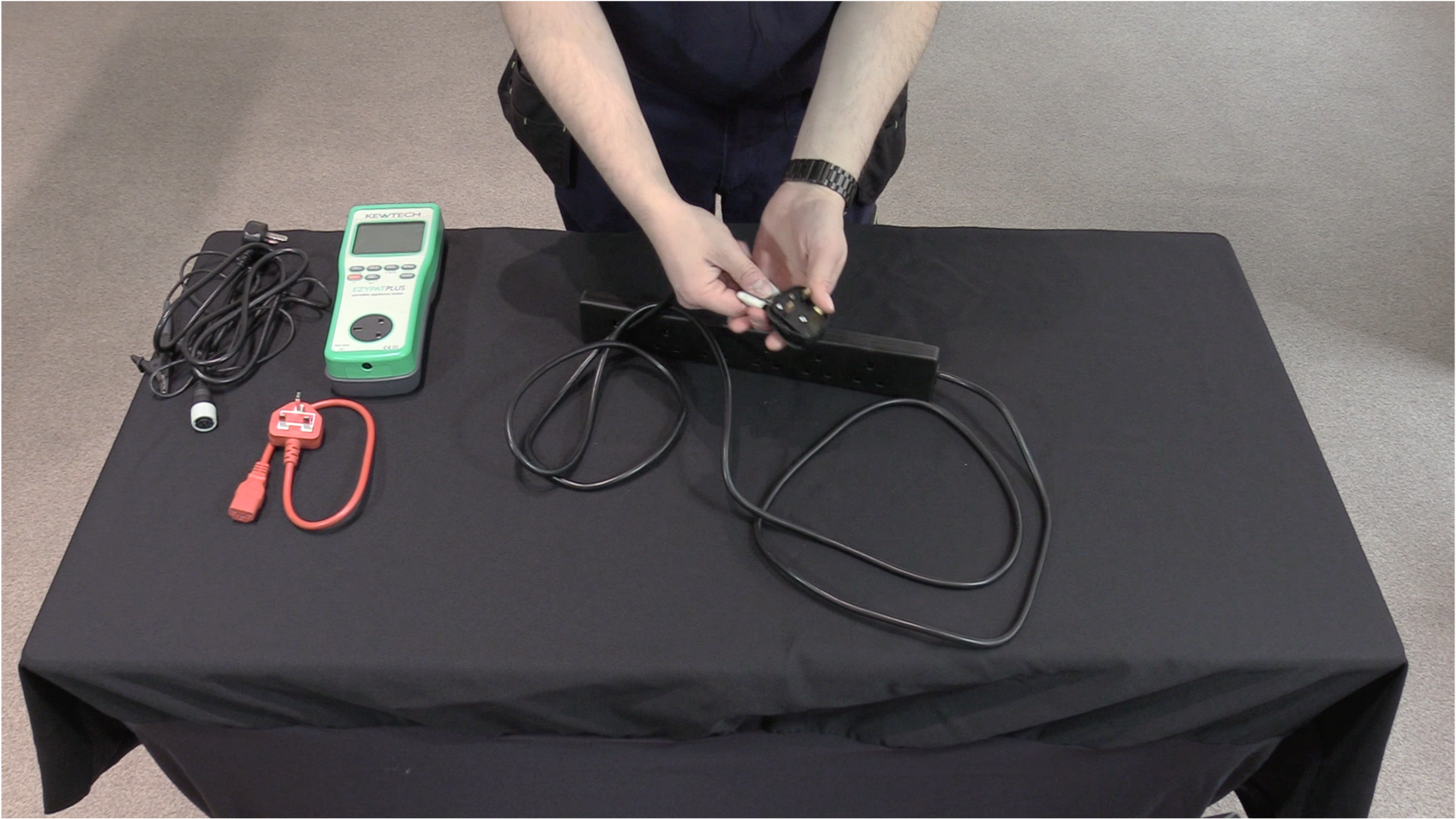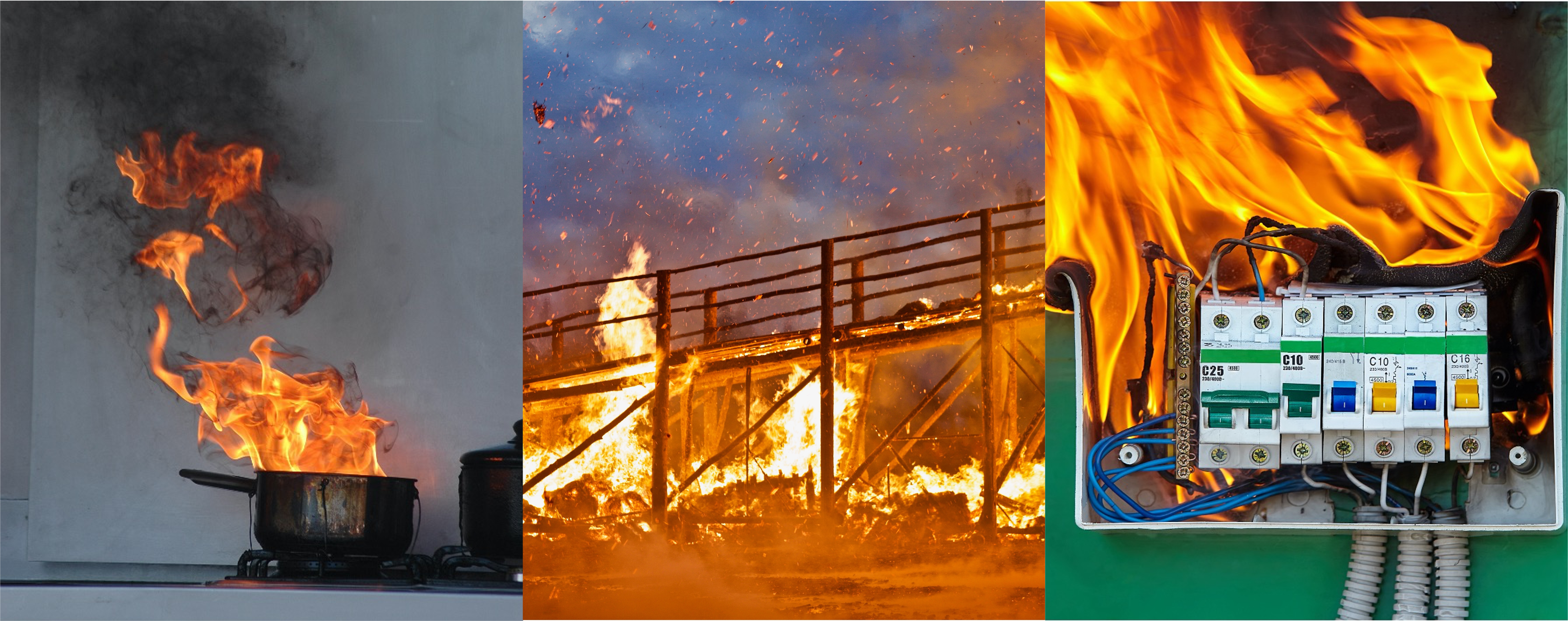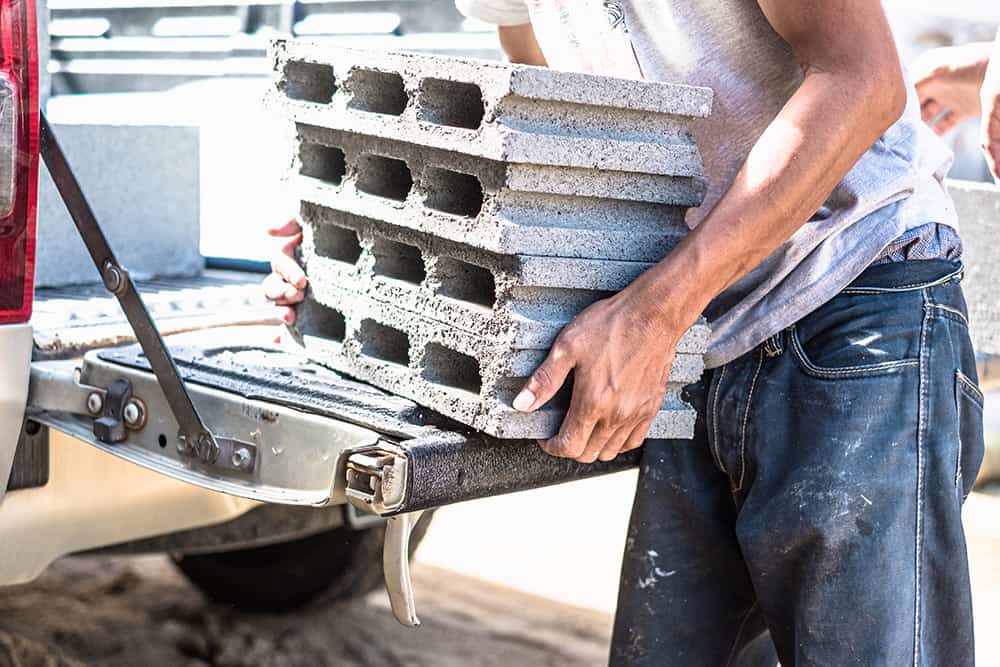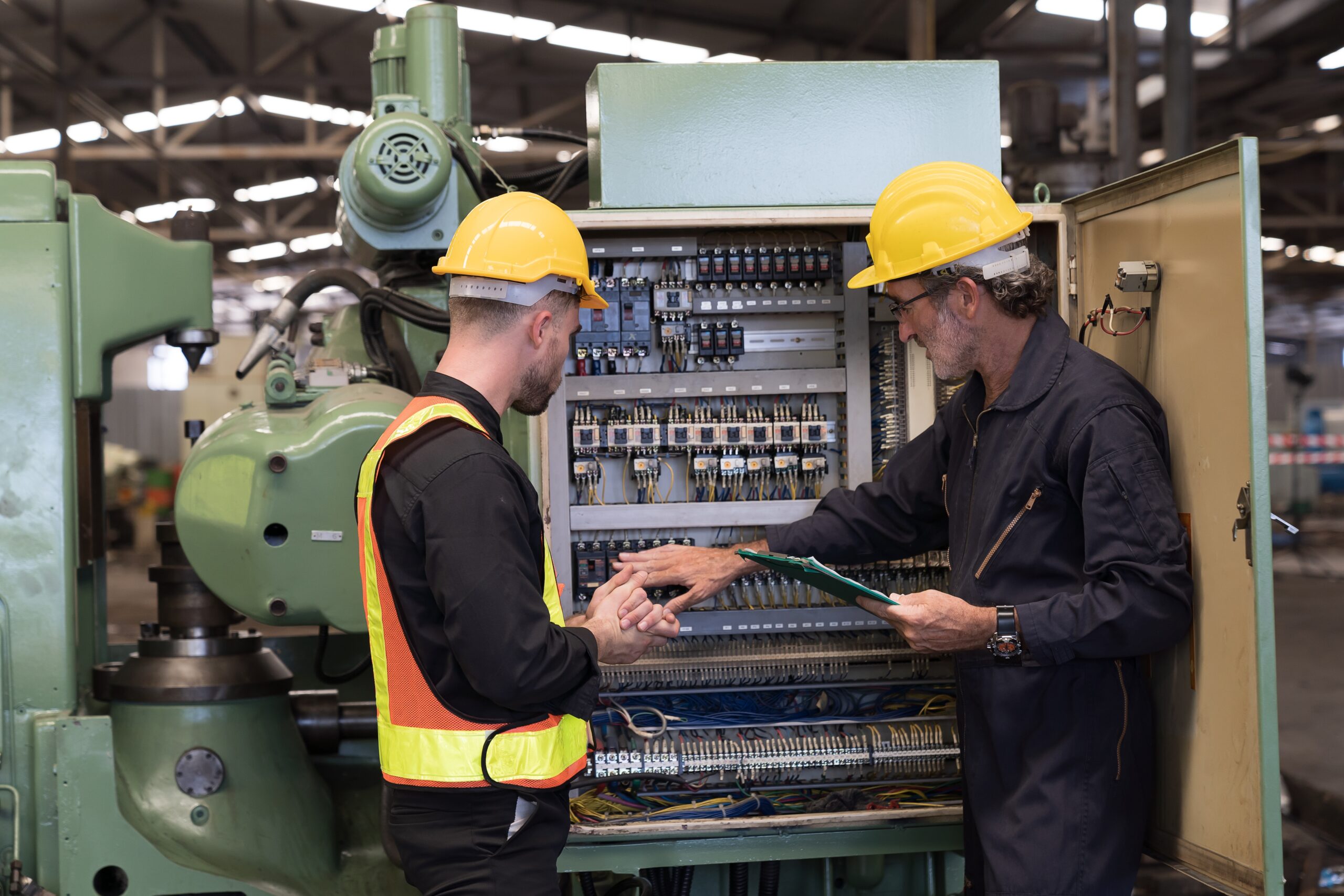
Plumbers commonly perform a wide range of activities in various environments – these come with a unique set of hazards. A typical day might involve confined spaces, electrical hazards, extreme temperatures and work at height.
Before the work starts, it’s essential to identify these hazards so they don’t result in accident or injury This means you must conduct a suitable and sufficient plumbing risk assessment. In this article, we explore what this is and give an easy-to-follow guide for risk assessments for plumbing.
The Importance of Risk Assessments for Plumbing Workplaces
Plumbing risk assessments are a legal requirement as well as a crucial part of workplace safety. If you work as a self-employed contractor or own a plumbing business, you need to ensure that a risk assessment is completed for every job you undertake. This is enshrined in UK law by the Health and Safety at Work etc. Act 1974. If you don’t comply with this act, you could face significant fines or even a prison term.
The risk assessment process also does the practical job of ensuring you are identifying the hazards faced on the job. And doing something to reduce their risk to a reasonable level.
Common Risks Associated with Plumbing
Controlling risks means first being aware of what they are. Plumbers must work in varying environments, often alone or with a small team. The potential for a severe accident or a life-threatening injury is high. Let’s look at some of the most common risks plumbers face.
Asbestos
Asbestos was used as an insulation and building material throughout the UK in decades past. Its use was banned by the UK government in 1999. Asbestos is highly carcinogenic. If disturbed or broken into parts, it can release fibres that may cause severe diseases if inhaled or ingested. Plumbers must often perform work duties in older buildings where they may still be exposed to asbestos.

Working at Height
Many people don’t associate the plumbing industry with working a height. But, plumbers often work on raised platforms or ladders for long periods. Serious injuries can be sustained in these situations, from being struck by a falling object or falling from a height.
Exposure to Hazardous Materials
Plumbers are constantly exposed to hazardous materials like human waste, mould, biohazards and harsh chemicals. Whether prolonged or brief, exposure to these substances can cause various illnesses.
Electrical and Flammable Hazards
Plumbing work often takes place in:
- New builds, at the same time as electrical work
- Older, dilapidated buildings with outdated wiring or electrical systems
- The vicinity of gas lines
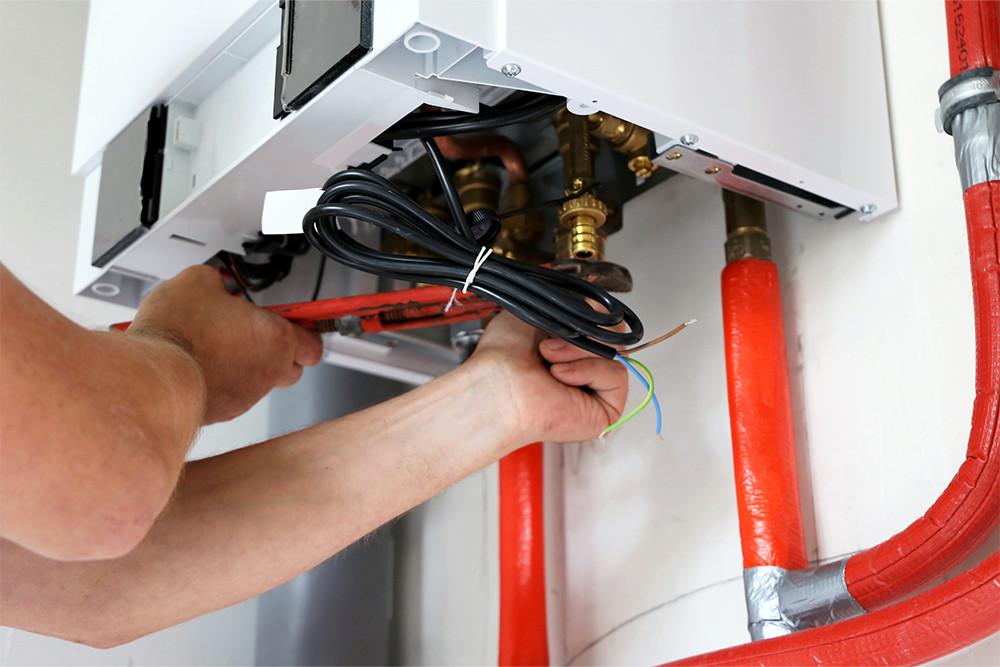
Manual Handling and Repetitive Tasks
Constantly performing tasks such as screwing and unscrewing pipes and bolts can lead to repetitive strain injuries. Handling heavy tools or equipment can cause muscle sprains, strains, or musculoskeletal disorders.
Working in Confined Spaces
Any enclosed space that carries the risk of injury from a lack of oxygen or exposure to a hazardous substance is considered a confined space, as defined by the Health and Safety Executive (HSE). Plumbers commonly work in sewage and drainage pipes, boilers, under floors or in small cupboard spaces.
Slips, Trips and Falls
Some 37% of all workplace accidents are caused by slips, trips and falls. Uneven footing, poor lighting and slippery, wet flooring are significant causes of slips, trips and falls. One or more of these factors are usually present in environments where plumbing work occurs.
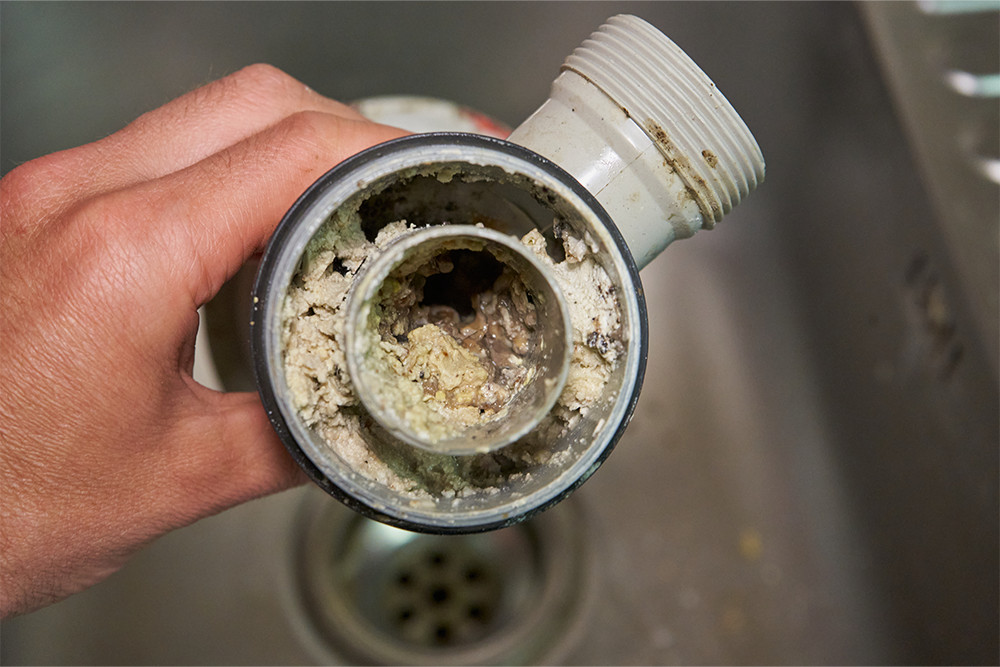
How to Use a Plumbing Risk Assessments Form
A plumbing risk assessment form is a checklist that you can follow to ensure you have identified all possible health hazards in the work environment. The risk assessment form allows you to systematically list the risks in the workplace and develop ways to eliminate or control these risks.
Using our examples above, we’ve included a short list of ways you can mitigate or eliminate common plumbing risks:
- Asbestos – obtain a demolition asbestos survey before breaking into any walls or service ducts. If you suspect asbestos may be present, stop work and immediately evacuate the site
- Working at height – always perform as many ground-level tasks as possible. Make sure you use suitable, stable equipment in the manner in which it was intended. Don’t overload ladders or platforms
- Hazardous materials – always use appropriate personal protective equipment (PPE) like masks, breathing apparatus, gloves, long sleeves and goggles. Wash and shower thoroughly after any exposure to hazardous materials
- Manual handling and repetitive tasks – use proper manual handling techniques and limit the repetitive movements you perform at work. Take breaks when necessary to avoid overstraining yourself
- Confined spaces – when working in confined spaces, you must constantly monitor the atmosphere. Use breathing apparatus or ensure that proper ventilation is available
- Slips, trips and falls – all spills and leaks should be cleaned up immediately. Proper footwear with non-slip soles should be worn at all times. Be sure to carefully evaluate the flooring before you start work
- Electrical and flammable hazards – be aware of the location of any gas or electrical lines in your work area. Do not let water touch electrical wiring or use open flames near gas lines. If possible, shut off all electricity and gas supply before commencing work
The Five Risk Assessment Steps
No two work environments are the same, so no two risk assessments will be the same. Despite this, you can follow a simple five-step strategy to ensure that you perform a plumbing risk assessment correctly. Whether or not you follow a plumbing risk assessment template, you should always perform the following steps in this order:
- Step one: Identify any hazards
- Step two: Identify who may be harmed and how
- Step three: Evaluate and act to eliminate or control risks
- Step four: Record your findings
- Step five: Review the risk assessment
Completing a detailed plumbing risk assessment could save you or a member of your team from serious harm. Training will make sure you know how to conduct a risk assessment properly.
Where to Find Online Risk Assessment Training
With proper training, you can learn how to conduct a plumbing risk assessment to identify and control all possible hazards and risks. This will help you avoid accidents and injuries and comply with the relevant health and safety legislation.
Our Risk Assessment Training courses cover everything you need to know about conducting a risk assessment. Completing this course will help you to stay safe and within the law.


















